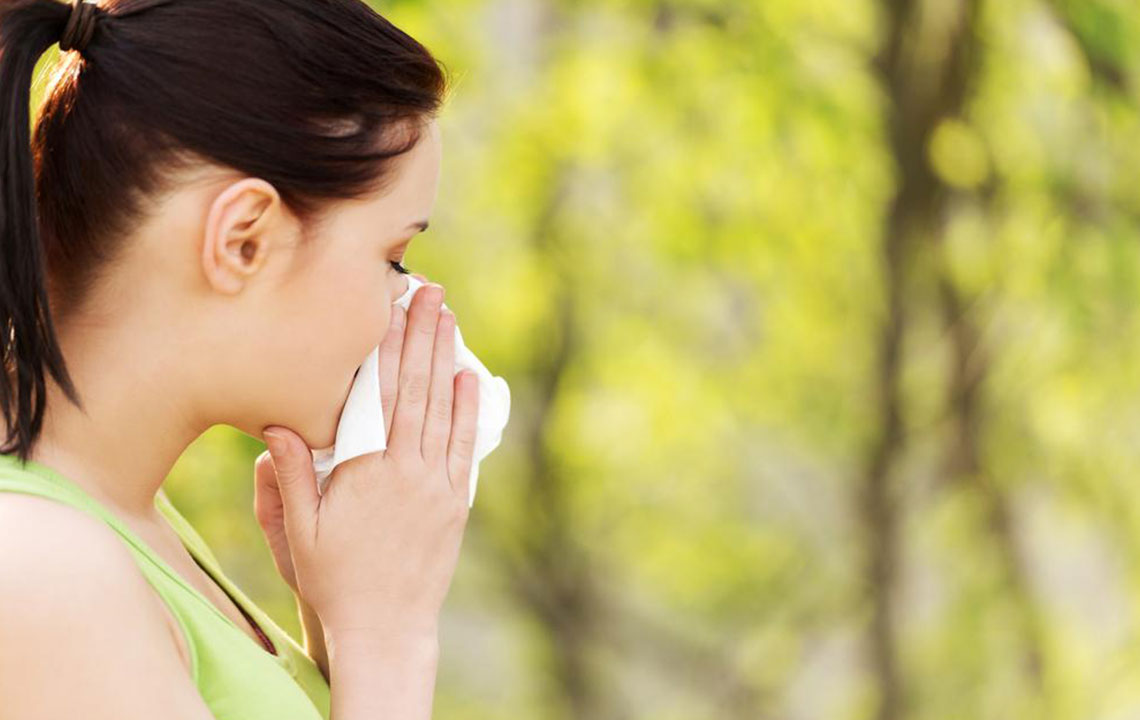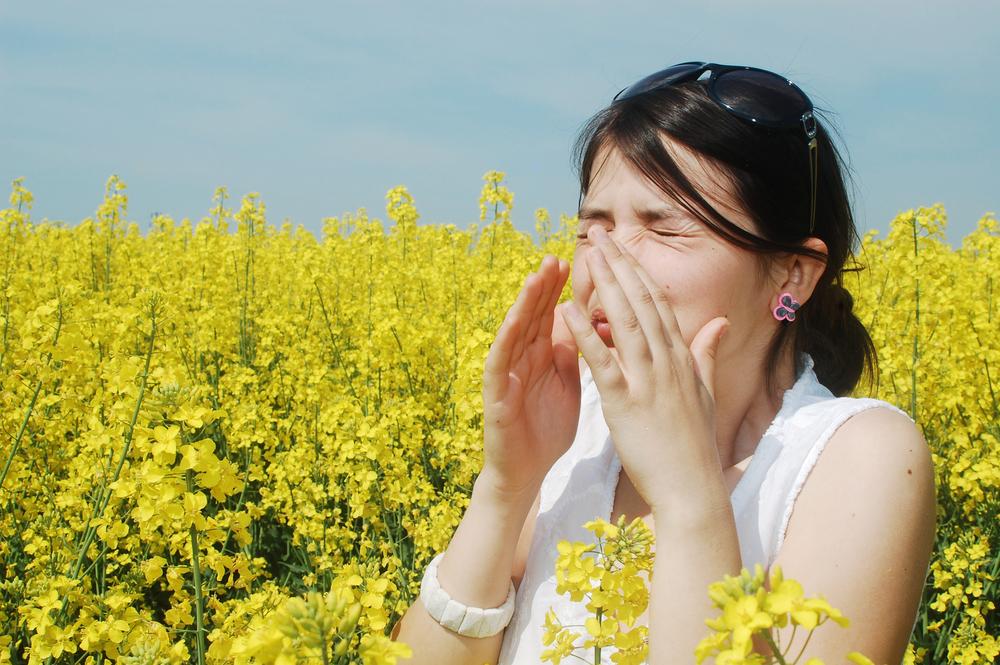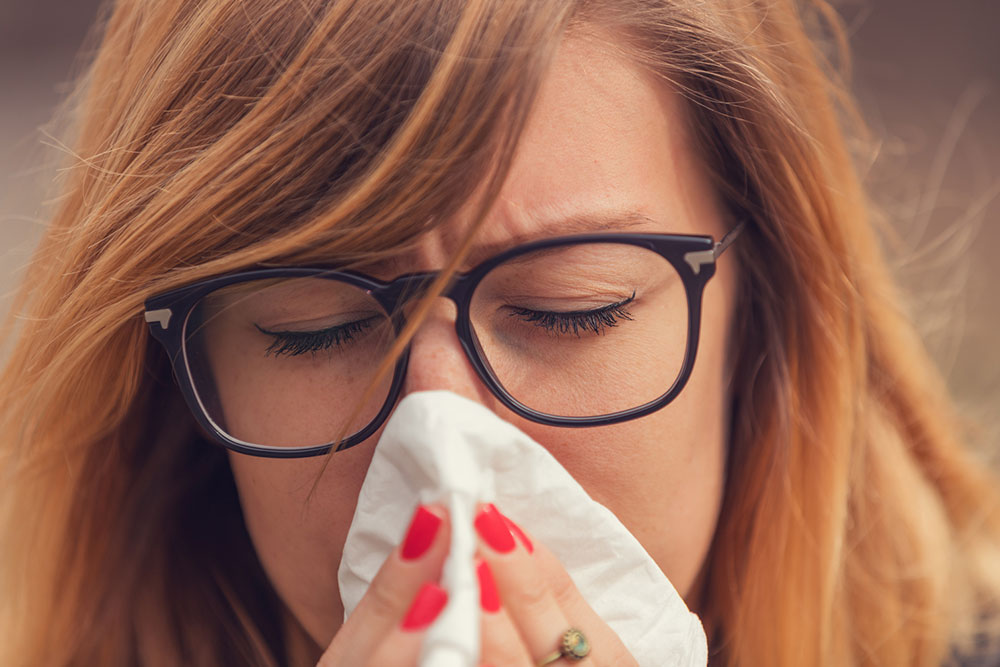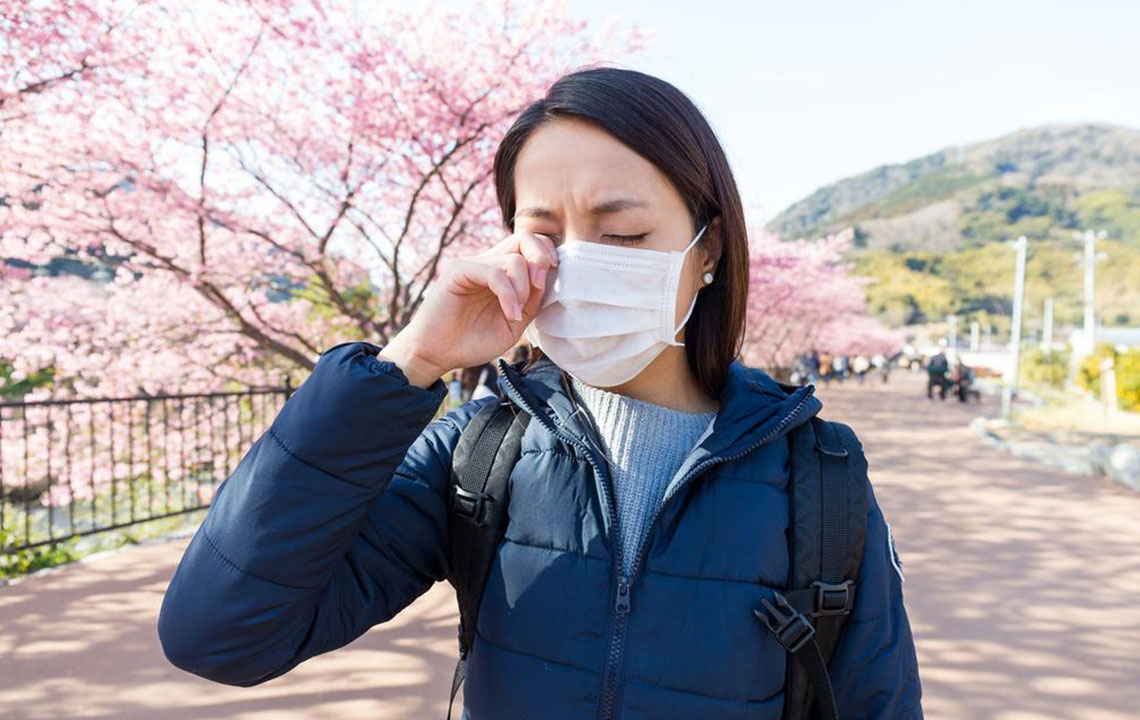Comprehensive Guide to Ragweed Allergies and Their Impact on Your Overall Well-being
This comprehensive guide explores how ragweed allergies affect health, detailing symptoms such as eye irritation, nasal congestion, and throat discomfort. It provides insights into mitigation strategies like medication and environmental control, emphasizing the importance of awareness during peak pollen seasons. Understanding ragweed's impact helps allergy sufferers take proactive steps to safeguard their well-being, especially as climate change extends pollen seasons. Whether dealing with mild symptoms or more severe reactions, this article offers valuable information to improve quality of life during allergy seasons.

Comprehensive Guide to Ragweed Allergies and Their Impact on Your Overall Well-being
Ragweed pollen is one of the most prevalent environmental allergens that significantly affect millions of individuals, leading to a variety of allergic reactions. Understanding how ragweed allergies can influence your health is essential for managing symptoms and improving quality of life. This detailed overview explores the nature of ragweed, common allergy symptoms, and effective strategies to alleviate discomfort.
Ragweed is a widespread weed found predominantly across North America, especially in the United States. Characterized by its soft-stemmed, leafy structure, ragweed comprises over 17 native species, with the majority thriving in the Eastern and Midwestern regions. These plants bloom primarily from late summer through late fall, releasing large quantities of pollen that are carried by the wind over vast areas. The pollen dispersal peaks around mid-September, leading to heightened allergic reactions among sensitive populations. Recognizing the annual timing and geographic prevalence of ragweed is crucial for allergy sufferers to prepare and implement preventative measures effectively.
Statistics from the Asthma and Allergy Foundation indicate that approximately 20% to 25% of Americans develop allergies specifically to ragweed pollen. As a leading cause of seasonal allergic rhinitis, ragweed triggers immune system hypersensitivity, prompting the body to overreact to pollen particles that are otherwise harmless. This overreaction results in the release of chemicals such as histamines, which cause a diverse range of allergy symptoms collectively known as hay fever or allergic rhinitis. These symptoms can be highly disruptive, affecting daily activities and overall health.
Impact on Eye Health and Vision
One of the most noticeable symptoms of ragweed allergy involves the eyes. Allergic conjunctivitis leads to symptoms like intense itching, redness, and excessive tearing. Over time, these reactions can cause swelling, dark circles under the eyes, and a persistent feeling of fatigue in the ocular region. The discomfort may interfere with daily tasks such as reading or using digital devices. Fortunately, over-the-counter eye drops and antihistamine eye medications can often provide significant relief for these ocular symptoms, helping to restore comfort and protect vision during allergy season.
Proper eye care, combined with avoiding allergens, can effectively manage symptoms and prevent complications.
Common Nasal and Respiratory ReactionsThe hallmark of ragweed allergy is nasal discomfort. Common symptoms include sneezing, nasal itchiness, runny nose, and congestion. Continuous exposure can lead to sinus pressure, pain, and sinus infections such as sinusitis, which might require medical treatment. Individuals with pre-existing respiratory conditions like asthma often experience worsened symptoms, including more severe attacks and difficulty breathing, after pollen exposure. Management strategies include using nasal sprays, decongestants, and saline nasal rinses, which can help clear nasal passages and reduce inflammation.
Integrating medication with environmental control measures can greatly alleviate nasal and respiratory symptoms during peak pollen seasons.
Throat and Oral DiscomfortRagweed pollen can cause various throat-related symptoms, especially in early stages. These include sore or itchy throats, which may intensify over time, leading to persistent coughing. Mouth dryness and itching are also common, often accompanied by a diminished sense of taste or a metallic taste. Over-the-counter lozenges and throat sprays are effective remedies to soothe irritation and reduce discomfort. Staying hydrated and avoiding irritants like smoking or pollutants can also help minimize throat symptoms.
Simple home remedies and OTC products are usually sufficient to manage mild to moderate throat symptoms caused by allergies.
Other Notable Reactions and ComplicationsBeyond the eyes, nose, and throat, ragweed allergy can affect the ears, leading to infections, a feeling of fullness, or ringing. Some individuals may experience headaches, irritability, fatigue, and difficulty concentrating, which can substantially impair daily productivity and overall well-being. In more severe cases, allergic eczema may develop, characterized by itchy, painful blisters and rashes, often taking weeks to resolve. Exposure to environmental irritants such as tobacco smoke, pollution, and strong fragrances can exacerbate symptoms and delay recovery.
Climate change has played a role in extending pollen seasons by prolonging warm periods, which results in increased pollen counts and more severe allergic responses. According to the Environmental Protection Agency (EPA), these trends are likely to continue, necessitating increased awareness and preventative strategies.
In summary, ragweed allergy is a significant health concern that affects a large portion of the population each year, impacting multiple aspects of physical health. Recognizing symptoms early and adopting effective mitigation techniques can help reduce discomfort and prevent complications. Ongoing research and climate awareness are essential for developing better management options and reducing the overall burden of ragweed-related allergies.





